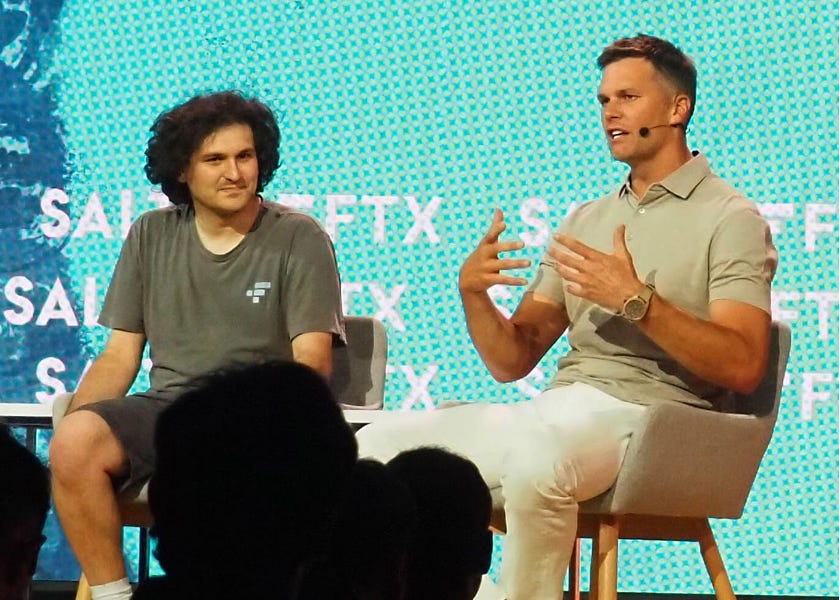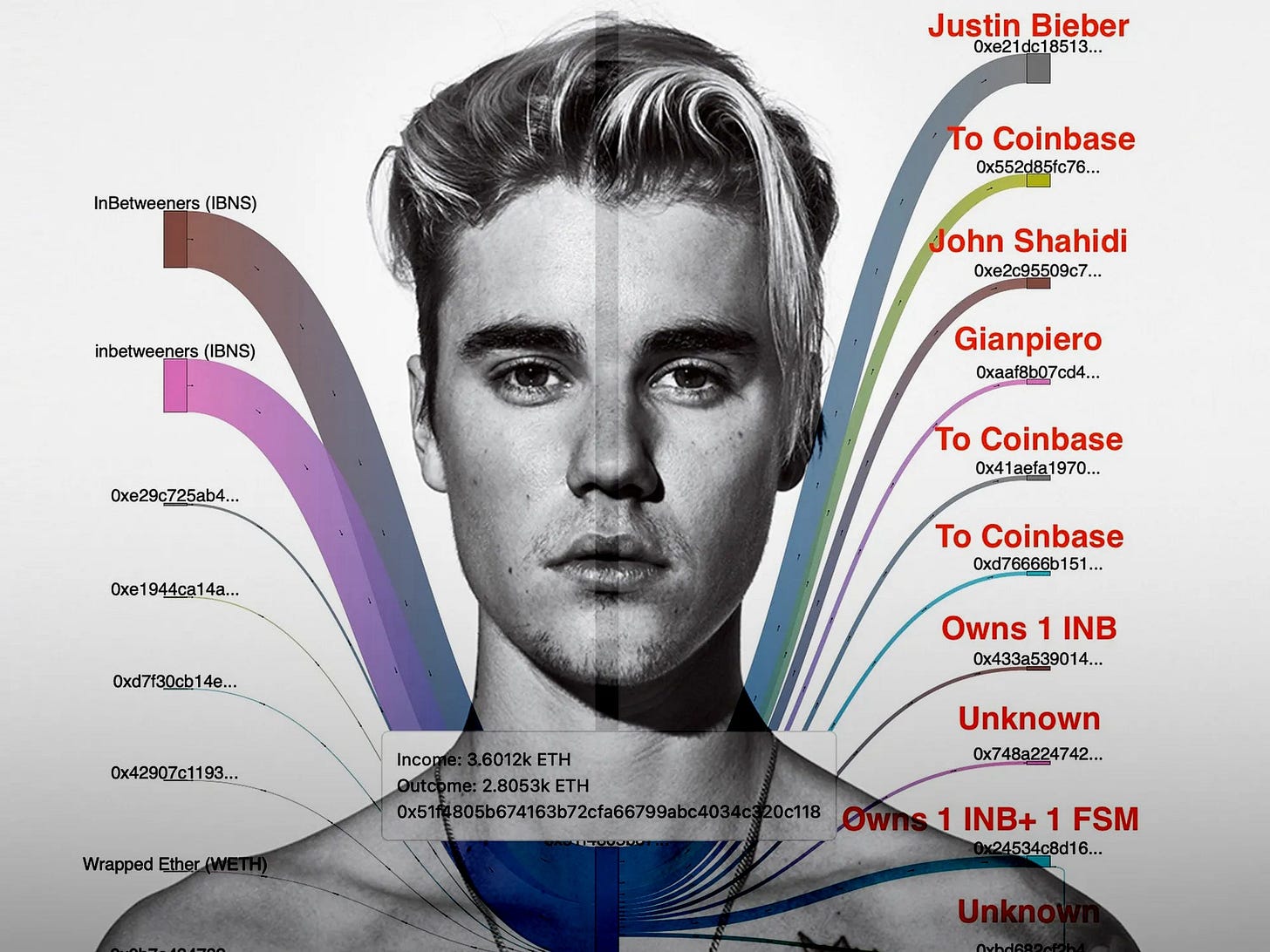Strange Victory
The Work of My Life: November 2022 Report
“How much fun is a lot more fun? Not much fun at all.” – David Berman
How much is enough? How much money, acclaim, friendship, or affirmation does one truly need to be happy? The question is as old as time and the subject of thousands of self-improvement books, motivational talks, and guru-led retreats the world over. The trap for many is that there is no Enough, only More, and the pursuit of the next increment has precious little chance of establishing lasting happiness.
Take legendary quarterback Tom Brady. After being widely overlooked as a prospect despite an excellent football career at the University of Michigan, Brady parlayed an incalculable competitive fire into seven Superbowl wins, three NFL Most Valuable Player awards, all the statistical records that matter, and – collectively with his supermodel (now ex-) wife Gisele Bündchen – a fortune estimated to be well in excess of a half billion dollars. For the vast majority of us, such accomplishments seem indistinguishable from fantasy, and surely having all that is Enough, right?
Wrong.
Succumbing to the More disease, Brady and Bündchen (along with many other athletes and celebrities) lent their names, likenesses, and reputations to Sam Bankman-Fried (SBF) and his hollow empire of fraud in return for money. Their endorsements expanded the depth and breadth of the eventual pool of victims. On May 10, 2021, near the top of the crypto frenzy and roughly a week before we wrote our first piece on SBF, Brady changed his profile picture on Twitter to include a set of laser eyes. It took 550 days and the collapse of FTX for him to remove them. In addition to being a paid brand ambassador for FTX, Brady also founded a non-fungible token (NFT) company and owned a Bored Ape Yacht Club NFT, thereby completing the full hat trick of crypto nonsense in his endless search for More.
Or consider Justin Bieber, a character just as popular, wealthy, and beloved by fans as Brady. As laid out in yet another excellent piece by Dirty Bubble Media, Bieber appears to have participated in what amounts to an undisclosed NFT pump-and-dump, using his massive social media following to encourage his “Beliebers” to pile into his version of “JPEGs on the blockchain,” thereby serving as exit liquidity for insiders like himself (emphasis added throughout):
“The InBetweeners project was a collection of 10,777 hand-drawn cartoon bears created by an artist named Gianpiero D’Alessandro, who had previously worked as a designer for Bieber’s merchandise.
Bieber’s apparent ownership in the project was not clearly disclosed publicly. When he received his first InBetweeners NFTs, he merely stated that he had ‘copped his first NFTs,’ without disclosing any ownership interest in the project.
Bieber’s involvement drove massive attention to the project and thousands of the NFTs were minted by Bieber fans over the coming days. This generated millions of dollars in revenue. We tracked those funds, discovering that Bieber’s wallet was the largest single recipient of the proceeds from the project, receiving 916 Ether (worth $2.7 million at the time).”
Our purpose here is not to take cheap shots at celebrities wrapped up in financial scandal (they are but the cracked eggs to this omelet). We wrote similarly of Robert Kaplan, President of the Federal Reserve Bank of Dallas, who used the information advantage of his position to generate a lucrative financial advantage in trading his personal holdings despite having already accumulated vast influence and affluence. Taken collectively, one can’t help but marvel at how seductive and personally corrupting the never-ending quest for More can be, and our aim is to solidify the lessons of this powerful realization in our own way of life.
Early Doomberg readers will remember that we published monthly updates on our progress prior to turning on the paywall, something we have since done less frequently while we focused on the critical work of transitioning to a “real” business. In those Work of My Life pieces, we tried to emphasize how much fun building Doomberg had been and how happy it made us to spend our days doing things that never felt like work. It has been four months since our last update in this regard, and this project has grown far beyond what we could have imagined was possible when we started. In our own relatively modest way, we too are confronting a version of the More versus Enough dilemma, and we intend to learn from the mistakes of others. Let’s dig in.



